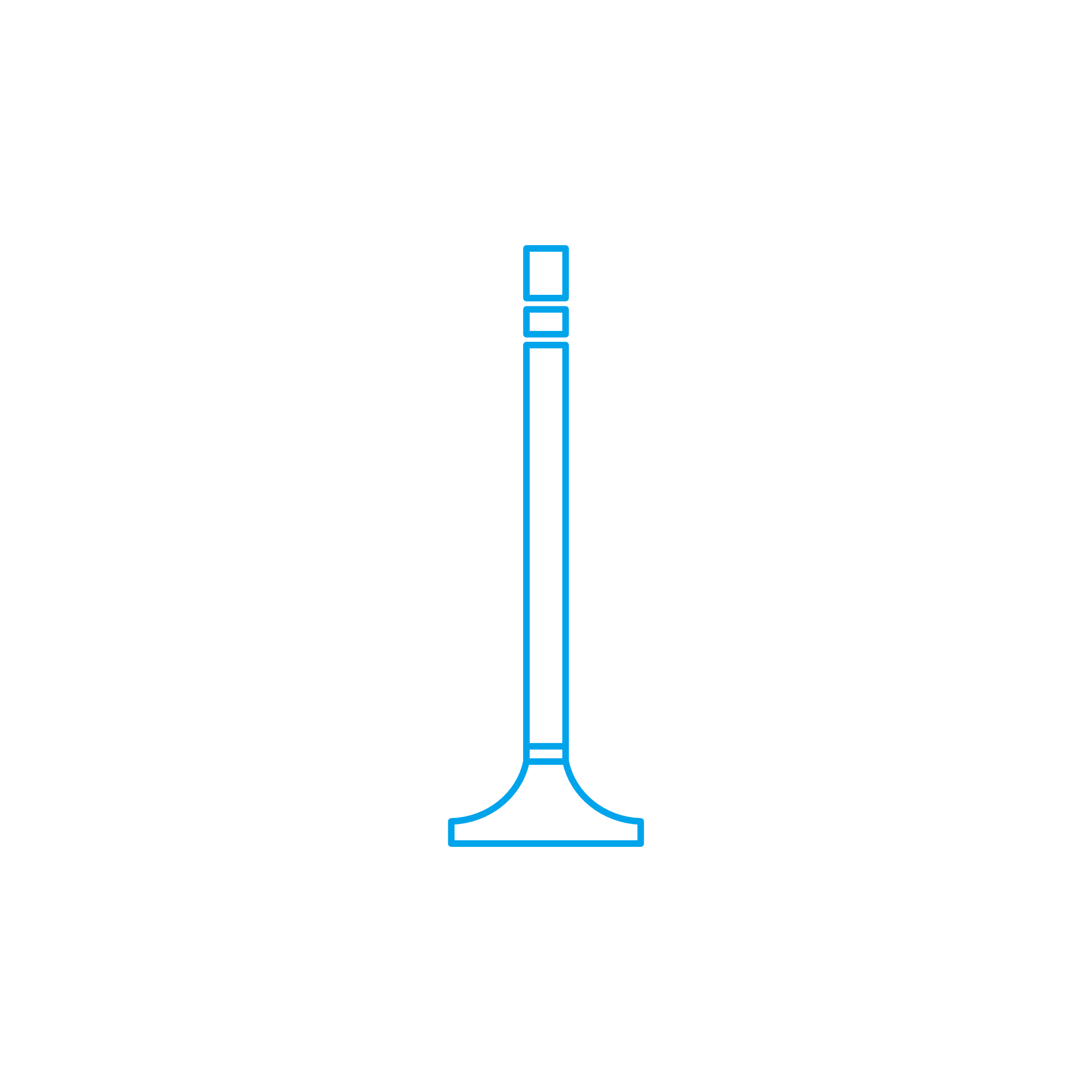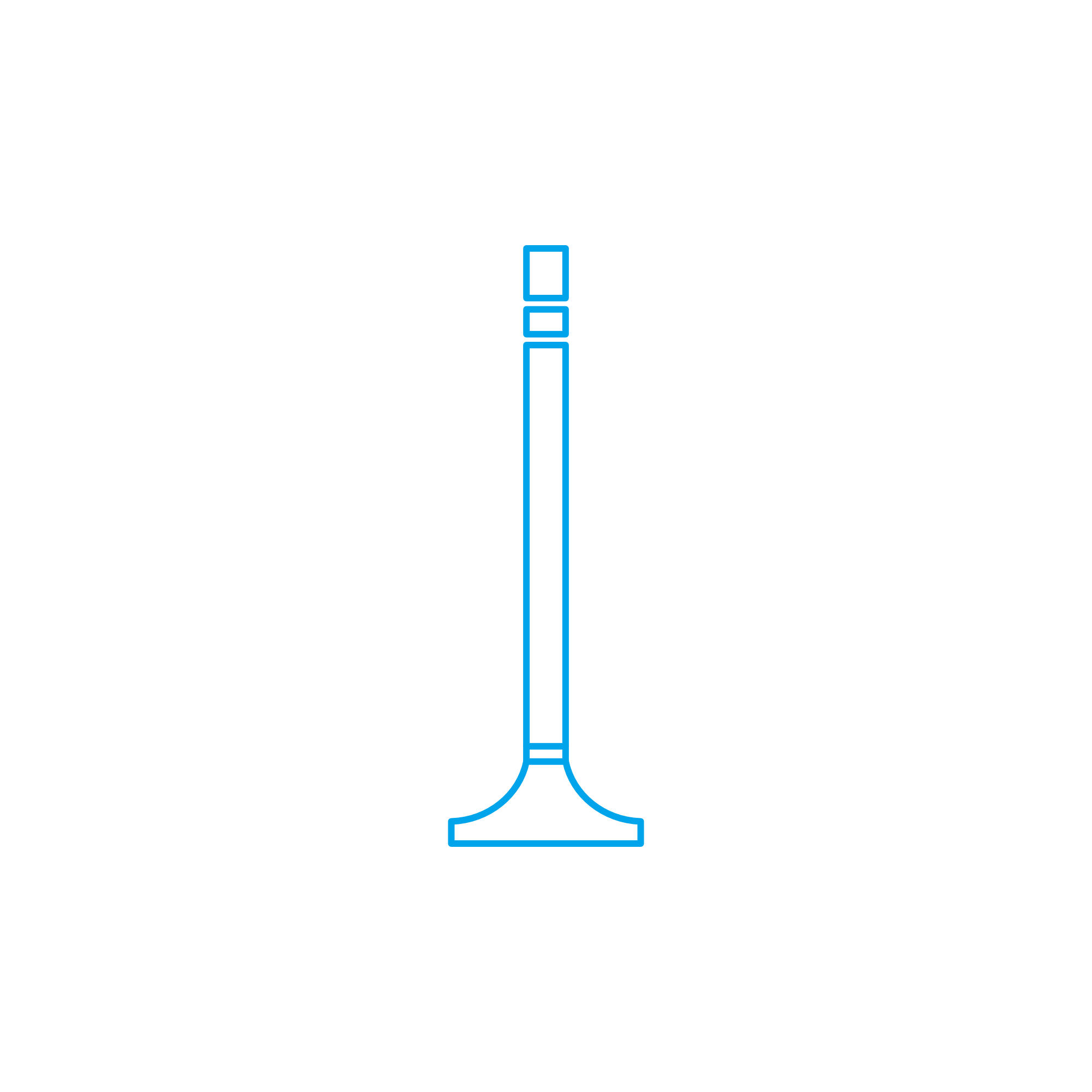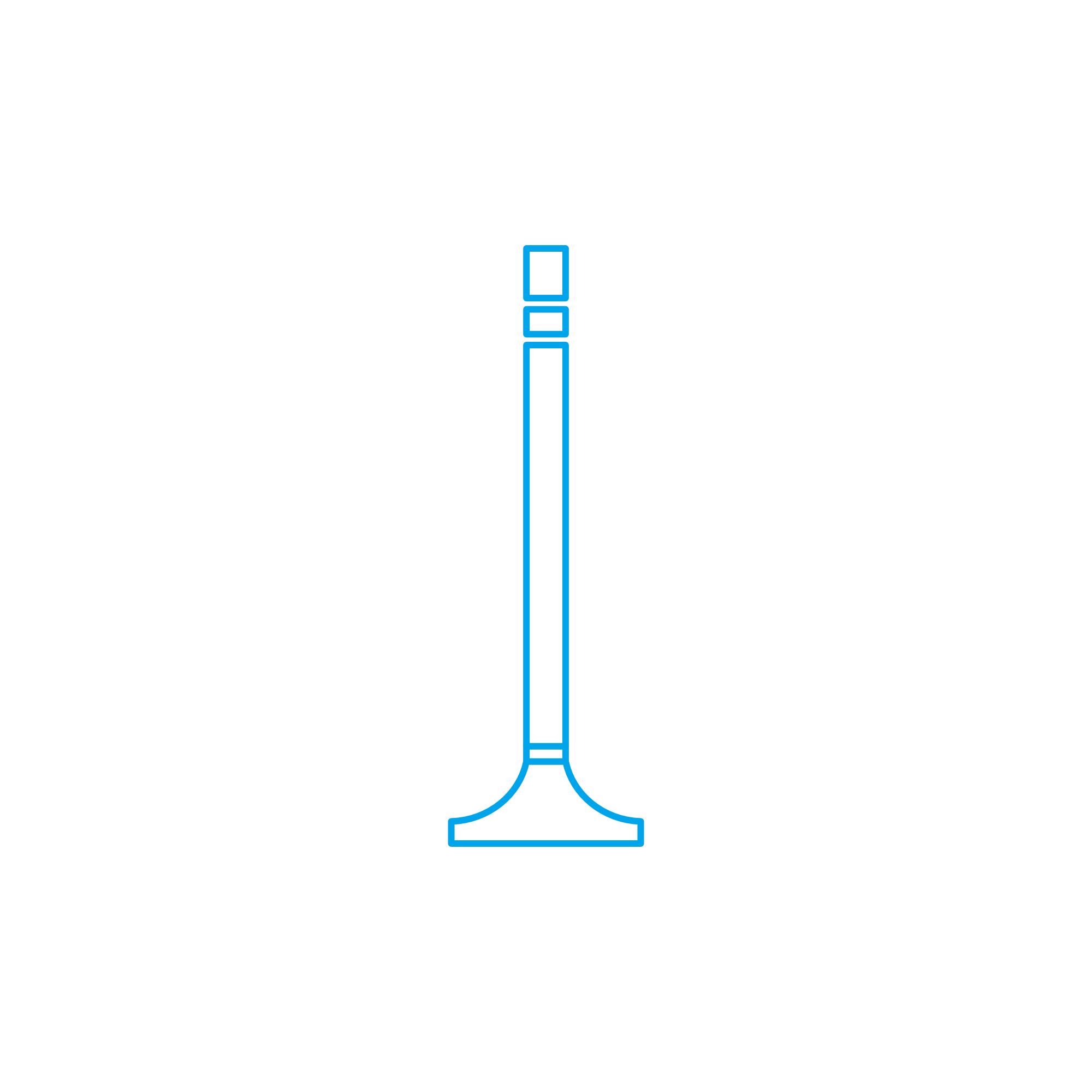ROTARY VALVE — Engine Valves for Marine, Diesel and Gas Applications
Valves are precision components that regulate the exchange of gases in combustion engines. They manage the flow of fresh charge into the cylinder and the discharge of exhaust gases, directly shaping combustion quality, power output, and emissions. In large-bore marine engines, industrial diesel engines, and gas engines, valves must withstand high temperatures, corrosive environments, and continuous mechanical stress. Within this category, the ROTARY VALVE stands out as a specialized solution for timing gas admission or scavenging in select architectures, complementing widely used poppet-style intake and exhaust valves. Together, these technologies form the backbone of reliable engine breathing and safe operation at sea and on land.
Whether installed on a two-stroke propulsion unit or a four-stroke auxiliary generator, correctly specified valves maintain compression, support stable combustion, and protect high-value components such as turbochargers and cylinder heads. For purchasers and technical decision-makers, choosing the right valve configuration—and the right OEM spare parts to support it—translates directly into uptime, fuel efficiency, and lifecycle cost control.
Technical function of valves and the role of ROTARY VALVE in performance and efficiency
Poppet valves, the most common engine valves, open and close via cam-driven motion or hydraulic actuation. Their sealing faces and seats are machined to exact angles to deliver tight sealing under extreme thermal load. Intake valves manage volumetric efficiency by shaping airflow and swirl, while exhaust valves evacuate hot gases and protect the combustion chamber from heat buildup. Materials such as martensitic steels, austenitic alloys, and seat overlays (e.g., Stellite-type) provide wear resistance, while stem surface treatments and sodium-filled designs enhance cooling and durability.
A ROTARY VALVE operates differently: a cylindrical or disk-type rotor turns within a precisely machined housing. Ports in the rotor align with cylinder or manifold passages at timed intervals, providing high flow area with minimal shrouding. By replacing reciprocating valve motion with continuous rotation, a ROTARY VALVE in a diesel engine or gas engine can reduce valvetrain inertia, stabilize timing at high speeds, and lower the risk of valve float. In some ROTARY VALVE marine engine applications—such as controlled gas admission or scavenging on specific designs—this geometry ensures consistent charge exchange, supporting clean combustion and steady power delivery. When paired with correct lubrication and thermal management, the sealing surfaces maintain low leakage, preserving compression and improving fuel conversion efficiency.
ROTARY VALVE highlights for diesel engine and marine engine performance
The geometry of a rotary mechanism provides a near-constant effective flow window, which can improve cylinder filling and reduce pumping losses. Precision clearances, high-temperature bearings or bushings, and robust shaft sealing are critical to maintain alignment and prevent blow-by. Integrating a ROTARY VALVE with OEM parts that match the engine-maker’s tolerances ensures the intended event phasing and leak-down targets, protecting both performance and safety margins.
- · Precise control of intake and exhaust timing.
- · High-temperature alloys and surface treatments for long life.
- · Optimized seat and face geometry for tight sealing.
- · Stable operation at high load and varying fuel qualities.
- · Reduced leakage minimizes fuel waste and emissions.
- · ROTARY VALVE options provide low inertia and consistent flow.
- · Engineered to withstand thermal shock and corrosive exhausts.
Why valves are critical for reliable engine operation
Valves directly determine compression pressure, combustion stability, and exhaust temperature. If intake or exhaust valves leak, power drops, fuel consumption rises, and cylinder temperature control suffers. Seat recession, face burning, stem wear, and guide ovality can result in hot spots, misfire, and erosion of adjacent components. In severe cases, a broken or “dropped” valve can cause piston and liner damage, generator downtime, and costly unplanned dry-dock or outage.
Common risk factors include elevated exhaust gas temperatures due to incorrect injection timing, poor fuel quality, inadequate cooling, and extended service intervals. For engines with rotary mechanisms, insufficient lubrication or misalignment can lead to rotor scoring and seal wear, elevating leakage and contaminant ingress. Regular borescope inspections, clearance checks, and adherence to service limits reduce these risks. Using valves and related components that meet the engine’s metallurgical and dimensional specifications preserves the designed heat transfer and sealing behavior over the entire maintenance cycle.
Advantages of OEM spare parts suitable for valves and ROTARY VALVE systems
Procurement decisions affect not only purchase price but the entire operating cost profile. OEM spare parts suitable for valves deliver the dimensional fidelity, heat treatment, coatings, and seat angles that the engine design requires. For a ROTARY VALVE OEM parts approach, matched tolerances for rotor, housing, bearings, and seals ensure low leakage rates and stable event timing, preserving both power and emissions compliance.
With OEM spare parts suitable for valves, purchasers and shipowners gain predictable performance and longer service intervals. Consistent metallurgy and surface finish prevent premature seat recession and face pitting, while verified stem hardness and coating thickness reduce guide wear. Correct fit with retainers, springs, keepers, or rotary seals prevents micro-movements that accelerate fretting and fatigue. The result is fewer interventions, lower lube oil stress, and improved fuel efficiency across duty cycles.
- · Tight tolerances protect compression and power.
- · Proven materials resist heat, corrosion, and erosion.
- · Correct coating systems extend seat and face life.
- · Precision matches reduce vibration and rotor scoring.
- · Longer intervals lower total cost of ownership.
- · Stable operation supports emissions compliance.
MOPA — your partner for OEM spare parts suitable for valves
MOPA is an experienced and reliable partner for OEM spare parts Valves, supplying components for diesel and gas engines in marine and industrial environments. Customers value our speed, quality, and security in the trade of OEM parts: rapid sourcing from vetted manufacturers, strict quality control, and traceable documentation for confident installation.
From intake and exhaust valves to ROTARY VALVE assemblies, seats, guides, springs, retainers, and seals, MOPA provides parts that align with engine-maker specifications. Our team supports you with technical clarity on materials, clearances, and maintenance intervals, helping you protect uptime and keep lifecycle costs in check. Global logistics and efficient customs handling ensure timely delivery to shipyards, vessels, and power plants.
Conclusion: valves and ROTARY VALVE components safeguard engine performance
Valves—poppet or rotary—are essential to engine breathing, efficiency, and safety. Selecting OEM spare parts suitable for valves, including ROTARY VALVE components, protects reliability, stabilizes fuel consumption, and extends service life. Partner with MOPA to secure fast, dependable supply and the quality your assets require.




